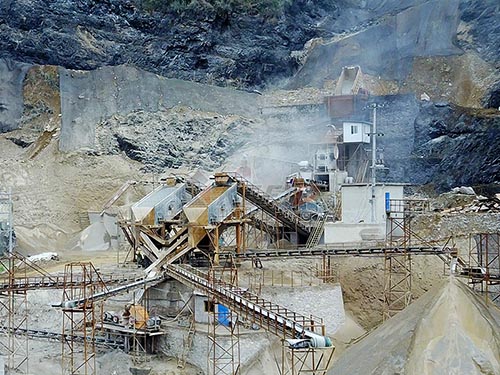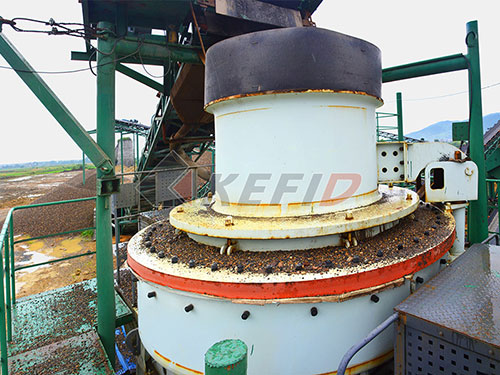A jaw crusher is a primary crushing machine used in mining, construction, and recycling industries to break down large rocks, ores, and other hard materials into smaller, more manageable pieces. It operates by compressing the material between two jaws—one fixed and one moving—to reduce its size.

Key Components of a Jaw Crusher:
1. Fixed Jaw (Stationary Die) – The immovable surface that forms part of the crushing chamber.
2. Moving Jaw (Swing Jaw) – Moves back and forth against the fixed jaw, applying mechanical pressure.
3. Toggle Plate – A safety mechanism that protects the crusher from damage due to uncrushable material.
4. Eccentric Shaft – Drives the moving jaw in an elliptical motion for crushing action.
5. Flywheel – Stores energy to ensure smooth operation.
6. Cheek Plates – Protective liners on the sides of the crushing chamber.
How It Works:
1. Material is fed into the top of the crusher.
2. The moving jaw exerts force on the rock by pressing it against the fixed jaw.
3. Crushed material exits through the discharge opening at the bottom (adjustable for different sizes).
Types of Jaw Crushers:
– Single Toggle Jaw Crusher – Simpler design with only one toggle plate; efficient for smaller operations.
– Double Toggle Jaw Crusher – More complex but provides better crushing force for harder materials.
Applications:
– Mining (crushing gold, copper, iron ore)
– Construction (breaking concrete, asphalt)
– Recycling (demolition waste processing)
– Quarrying (limestone, granite, gravel)
Advantages:
✔ High reduction ratio
✔ Simple structure & easy maintenance
✔ Suitable for hard and abrasive materials

Disadvantages:
✖ Higher wear on jaw plates compared to gyratory crushers
✖ Less efficient for sticky or wet materials
Would you like details on maintenance, sizing, or specific brands/models? Let me know how I can assist further!
Leave a Reply